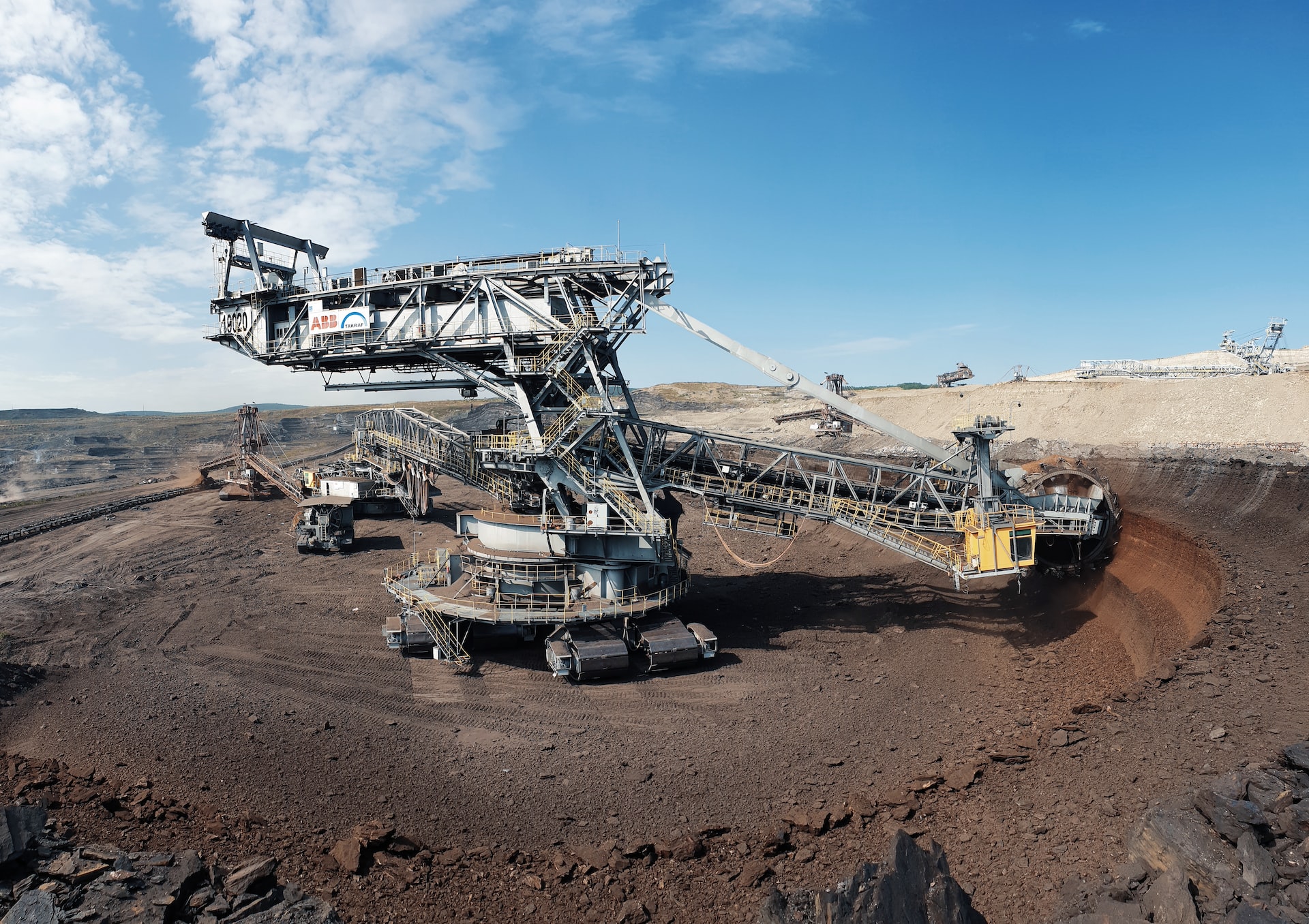The mining industry has always been a critical driver of economic growth and development, supplying essential raw materials for various industries worldwide. However, the past decade has brought forth a unique set of challenges that mining CEOs must address to ensure sustainable success and profitability. From shifting market dynamics to environmental concerns, mining executives are facing complex hurdles that demand innovative and strategic approaches. In this article, we will explore initiatives that can help mining CEOs overcome the challenges of the past decade and thrive in the ever-evolving mining landscape.

Volatile Commodity Prices Mining is inherently tied to the fluctuations in commodity prices. Over the past decade, we witnessed significant price volatility due to geopolitical tensions, demand-supply imbalances, and global economic uncertainties. For mining CEOs, navigating through these price swings requires a proactive and flexible approach.
Initiative 1: Diversification and Portfolio Optimization
Mining CEOs should focus on diversifying their portfolios to include a mix of commodities with varying market dynamics. A diversified portfolio can mitigate risks and provide a more stable revenue stream. Moreover, optimizing the production mix based on market trends and demand can help capture higher margins during favorable market conditions. Commodity price volatility: Over the past decade, the mining industry experienced significant fluctuations in commodity prices.
For instance, iron ore prices varied from a high of around $190 per metric ton in 2011 to a low of approximately $40 per metric ton in 2015, before rebounding to around $150 per metric ton in 2020 (source: World Bank).
Sustainability and Environmental Concerns In the last decade, environmental sustainability has emerged as a paramount concern for the mining industry. Stakeholders, including investors, customers, and regulators, are demanding responsible mining practices that minimize environmental impact and support social development.
Initiative 2: Adoption of Sustainable Mining Practices
Mining CEOs need to prioritize sustainability initiatives, such as energy-efficient operations, water recycling, waste reduction, and land rehabilitation. Embracing advanced technologies like autonomous vehicles and renewable energy sources can significantly contribute to reducing the industry’s ecological footprint. Additionally, fostering partnerships with local communities and implementing responsible social practices can enhance the industry’s reputation and social license to operate.
Sustainability and Environmental Concerns: In recent years, there has been a growing emphasis on environmental and social governance (ESG) factors in the mining industry. In 2020, mining companies allocated approximately 2.4% of their total revenues to environmental protection and social programs (source: S&P Global Market Intelligence
Technological Disruptions The rapid advancement of technology has disrupted traditional mining operations, ushering in the era of digital transformation and automation. While technology offers immense opportunities for efficiency and safety improvements, mining CEOs must manage the complexities of integrating new systems while addressing workforce concerns.
Initiative 3: Embracing Industry 4.0 and Automation
Mining CEOs need to embrace Industry 4.0 technologies, such as artificial intelligence, data analytics, and Internet of Things (IoT), to optimize operations, enhance decision-making, and reduce downtime. Implementing autonomous mining equipment can enhance safety and productivity in hazardous environments. Simultaneously, investing in workforce development and reskilling programs can alleviate concerns about job displacement and foster a technologically adept workforce.
Technological Disruptions: The adoption of automation and digital technologies in the mining industry is expected to increase operational efficiency by 40-50% and reduce maintenance costs by 10-20% (source: McKinsey & Company)
.
Geopolitical Uncertainties and Trade Conflicts In the last decade, geopolitical tensions and trade conflicts between major economies have had far-reaching effects on the mining industry. Changes in trade policies and restrictions on the movement of critical minerals have created uncertainties and disrupted supply chains.
Some countries have enacted resource nationalist policies, increasing the risk of expropriation and geopolitical tensions that can disrupt mining operations. The Fraser Institute’s 2020 survey ranked Indonesia, Russia, and the Democratic Republic of Congo as the top three countries with the highest risk of resource nationalism.
Initiative 4: Building Strategic Alliances and Diversified Supply Chains
Mining CEOs should seek to build strategic alliances with international partners to navigate geopolitical complexities and access new markets. Additionally, diversifying supply chains by sourcing critical minerals from multiple regions can reduce dependency on a single market and mitigate the impacts of trade conflicts.
Geopolitical Uncertainties: In 2020, global mineral exploration spending declined by 6.5% due to uncertainties surrounding trade conflicts and geopolitical tensions (source: S&P Global Market Intelligence).
Evolving Social License to Operate As awareness about the environmental and social impacts of mining grows, securing a social license to operate has become increasingly challenging. Communities are becoming more vocal about their concerns, and gaining public acceptance has become integral to a mining company’s success.
Initiative 5: Stakeholder Engagement and Transparency
Mining CEOs should engage with local communities, NGOs, and other stakeholders early in the project development phase to understand concerns and incorporate their feedback into mining plans. Transparent communication about environmental and social practices can build trust and strengthen the social license to operate.
Social License to Operate: According to a survey by GlobeScan, 52% of respondents believe that mining companies have a responsibility to ensure they benefit local communities directly and act responsibly towards the environment.
Cybersecurity Risks: The increasing digitization of mining operations has exposed the industry to cybersecurity threats. Mining Industry Stats: A report by Deloitte revealed that 31% of mining and metals companies experienced cyberattacks in 2020. Winning Initiative: Strengthen Cyber Defenses – Implement robust cybersecurity measures, conduct regular audits, and provide cybersecurity training to employees to safeguard critical data and operations. Mining CEOs must confront a myriad of challenges in the coming decade.
By embracing diversification, sustainability, technology, strategic partnerships, and stakeholder engagement, mining executives can navigate these challenges successfully and create a sustainable and thriving industry for the future. As with any industry, the mining sector’s landscape will continually evolve, requiring CEOs to remain agile and forward-thinking. By leveraging data, technology, and strategic planning, mining leaders can position their companies for success in the years to come.




